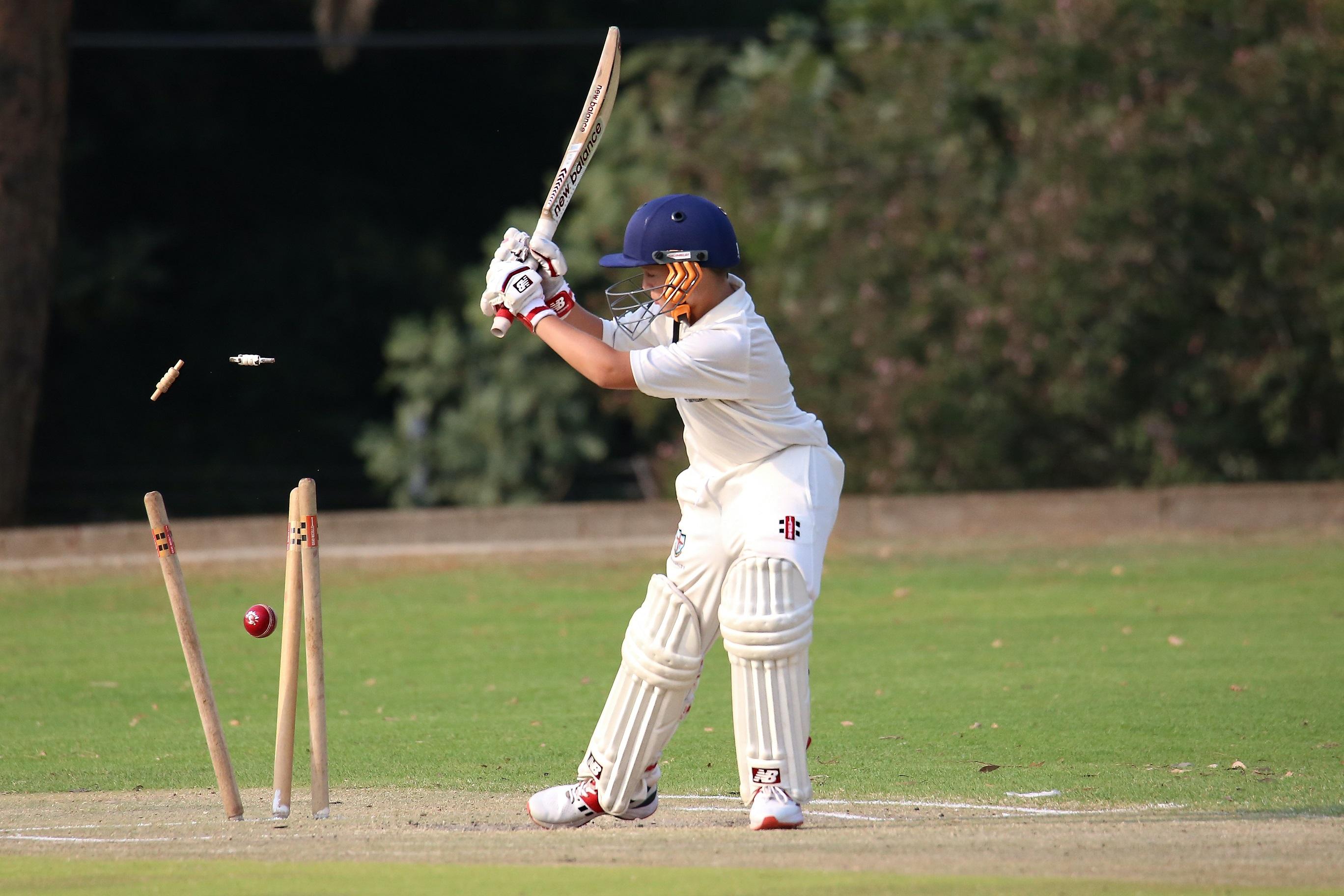


Is Cricket Safe for Children?
21 July 2023
If you're a parent of a child who loves cricket, chances are you have pondered this question at some point. And if you're unsure of the answer, you're not alone. With all the news stories about concussions in other sports, it's natural to wonder if cricket is safe for children.
Cricket is a low-impact sport
One of the great things about cricket is that it is a low-impact sport, which means it is safer for children to play. Unlike football or rugby, cricket does not involve tackling or physical contact between players. As a result, children are less likely to sustain injuries while playing cricket.
Cricket balls for young players are soft and lightweight
One of the reasons why cricket is so popular is that it can be played safely by children. Cricket clubs have special balls for junior matches that are softer and lighter than standard balls. They're specifically designed to be safe for young players. As long as children are supervised and given the proper equipment, it can be an enjoyable and safe activity for them to enjoy.
Protective equipment
The English and Wales Cricket Board (ECB), the governing body for the sport, have released guidance stating that players under 18 should always wear a helmet with a faceguard while batting or wicket keeping using a hard ball, along with pads and gloves. This protective equipment helps to reduce risks of injuries - especially head injuries - during games and practice sessions. Adults supervising or coaching are required to ensure that children and teens wear this protective equipment.
The rules of the game are designed to keep players safe
Cricket is often thought of as a dangerous sport, but the reality is that the rules of the game are designed to keep players safe. For example, in most forms of cricket, there is a "no ball" rule that prohibits bowlers from bowling certain dangerous deliveries (such as full tosses above waist height). This rule helps protect batters from being hit by high-velocity balls. There are also rules specifying the minimum distances fielders need to be from the batter in under 18s games. The ECB have a detailed Code of Conduct which all players must follow, which ensures players treat each other with respect at all times.
Cricket can be modified to make it less risky
For example, junior matches often have shorter pitches and smaller boundaries than senior matches. Young players also tend to use softer balls and smaller bats, less likely to cause injury. There are also indoor versions of cricket and “quick cricket” varieties.
Cricket is generally a safe sport for children to play. It is non-contact and children either use soft balls or wear helmets with face protection, significantly reducing the risk of concussions. The game rules are designed to keep players safe, so if your child wants to try cricket, don't hesitate to let them.
